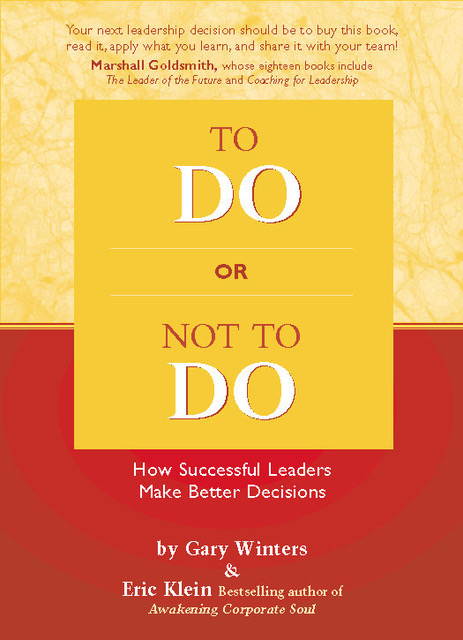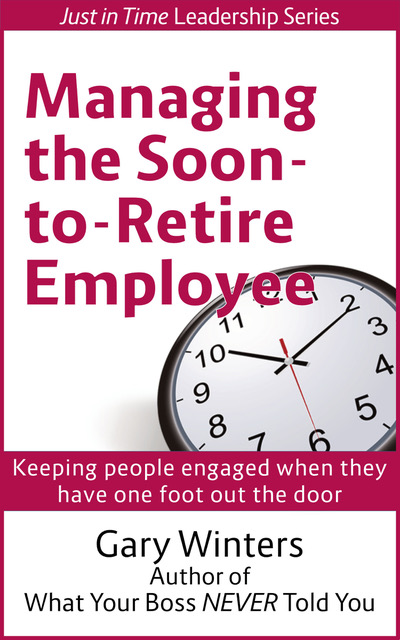In a previous post, I described a continuum of five decision-making styles available to leaders:
- Now Hear This!
- Trial Balloon
- Buck Stop
- Life Raft
- You Tell Me!
Successful leaders move across this continuum with grace, making it look easy. It’s not automatic, but you can learn to do it too. It might look a bit tricky at first, but then, so did learning to tie your shoes or drive a standard transmission.
It turns out that successful leaders are asking themselves three questions before choosing the most appropriate style for a given situation.
- Once this decision is made, do I just want simple compliance by the team, or is it a matter that will need their tangible commitment?
- How much time is available to make the decision?
- How mature is the team in terms of group decision-making?
Now Hear This! and Trial Balloon decisions are compliance-centric. That is, they are made with the expectation that the team will implement them because that is the job of the team – to “make it so.”
Life Raft and You Tell Me! are commitment-centric styles, because as people put their fingerprints on the decision and have the opportunity to shape the final outcome, they are much more likely to be highly vested in the decision. As is often said, they “own the decision.”
A Buck Stop decision balances compliance and commitment. The issue of time is important, because it usually takes a group of people more time to make a decision than one person acting alone.
When time is a critical factor, such as during an emergency, successful leaders move to the Now Hear This! or Trial Balloon end of the continuum. If time is not that pressing a factor, more involvement by the team can be encouraged. It probably won’t surprise you to learn that successful leaders have fewer emergencies than less effective leaders.
Successful leaders take the third question – team maturity – quite seriously. They see decisions as opportunities to choose a wise course of action and develop their team. They lean in the direction of more team involvement in their decisions, because that is how teams learn to make better decisions. Their confidence in the competence of their team to make decisions will rise as they skillfully facilitate creative dialogue around the conference table.
Choose Wisely
Successful leaders weren’t born with the ability to use the full spectrum of team-based decision-making styles. They’ve learned how to move across the continuum until they felt comfortable with every style. As they did so, the quality of their decisions increased as did the confidence of others in their leadership.







